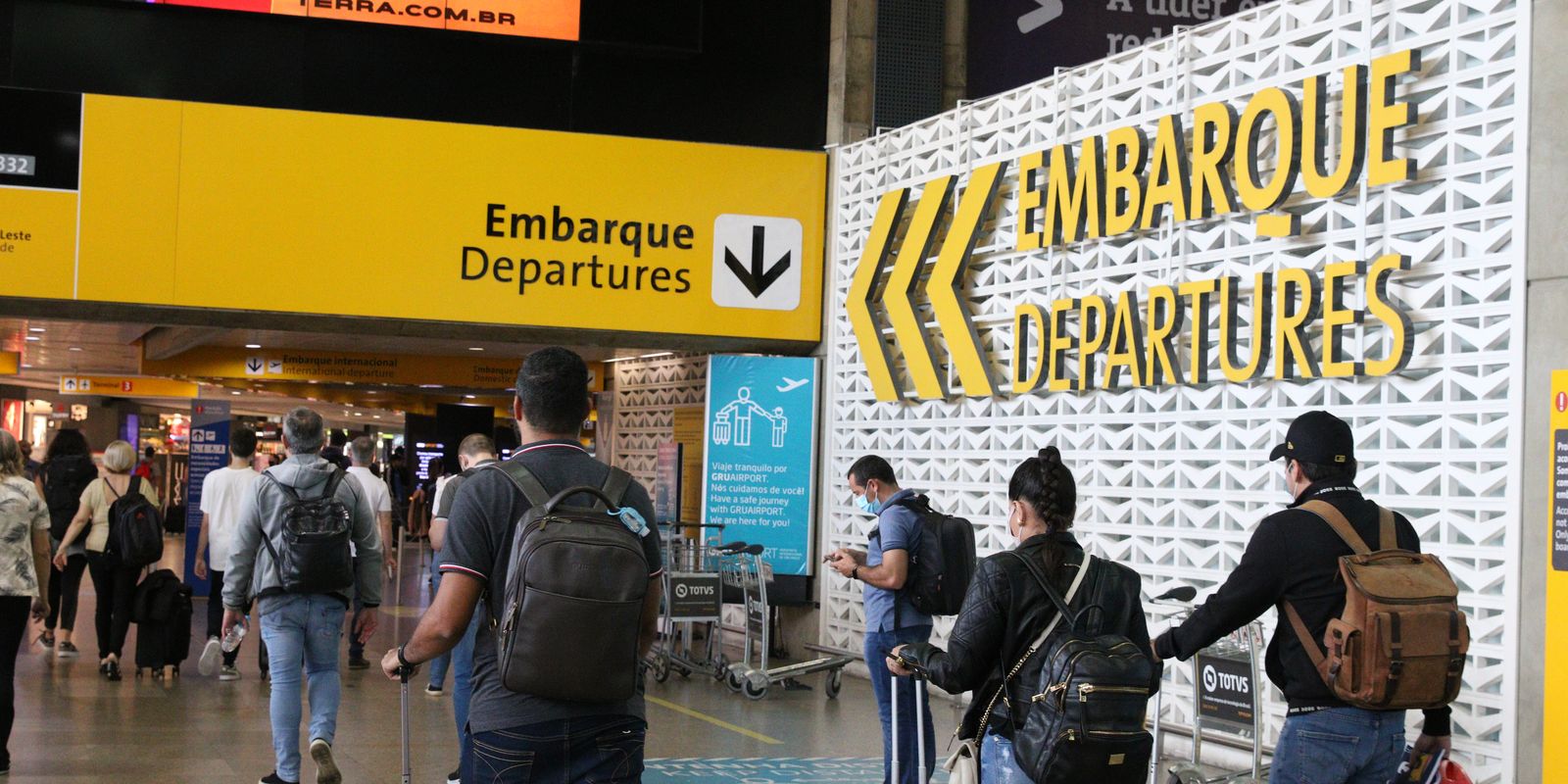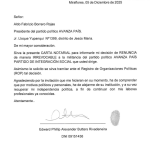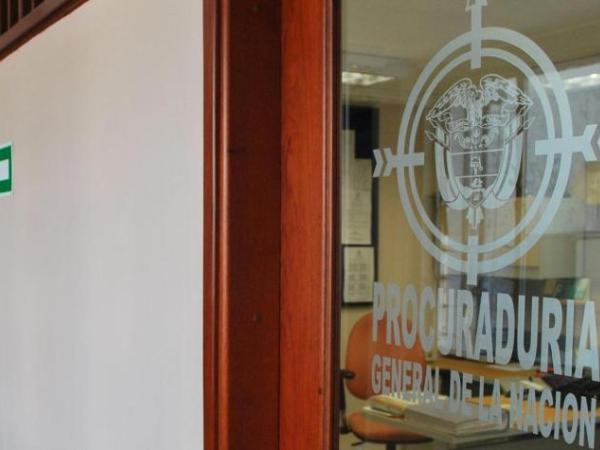The problem with the navigation system at Guarulhos International Airport that caused flight cancellations and several delays on the morning of this Thursday (29) was caused by interference from radio frequency signals, reported the National Telecommunications Agency (Anatel).
Anatel reported having gone to the airport, where it found the presence of radio frequency signals that interfered with the airport’s GPS/GNSS navigation system, which ended up affecting flights in Guarulhos. The agency reinforces that the transmission of radio frequencies without authorization is a federal crime.
According to Anatel, the source of the interfering signal was coming from the center of the city of Guarulhos, where the inspection team went to locate the source. However, the signal was no longer detected by Anatel before the source generating the signal could actually be located. “Anatel continues to monitor the spectrum in the region so that, in the event of the interfering signal returning, it can act quickly and permanently interrupt the interfering source,” says a statement from the agency.
According to the concessionaire Gru Airport, responsible for the airport, there was an intermittency in the navigation system (GNSS) that is specific to aircraft, which ended up causing “punctual delays in takeoffs” in Guarulhos. This ended up causing problems for the operations of the airlines Gol, Latam and Azul.
FAB
Wanted by Brazil Agencythe Brazilian Air Force (FAB), through the Department of Airspace Control (Decea), reported that the instability of GPS signal reception by aircraft operating at Guarulhos airport affected the capacity of the Global Navigation Satellite Systems (GNSS) of these aircraft.
According to Decea, air operations in the region are currently operating normally.
The FAB said that the causes of the problem are being investigated by the concessionaire that manages the airport, with support from Decea. “An aircraft from the Special Flight Inspection Group (GEIV) was called to carry out a radio monitoring inspection around the airfield, with the aim of investigating the causes of the problem,” says the note from the Brazilian Air Force.

















